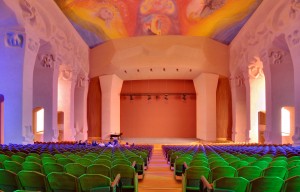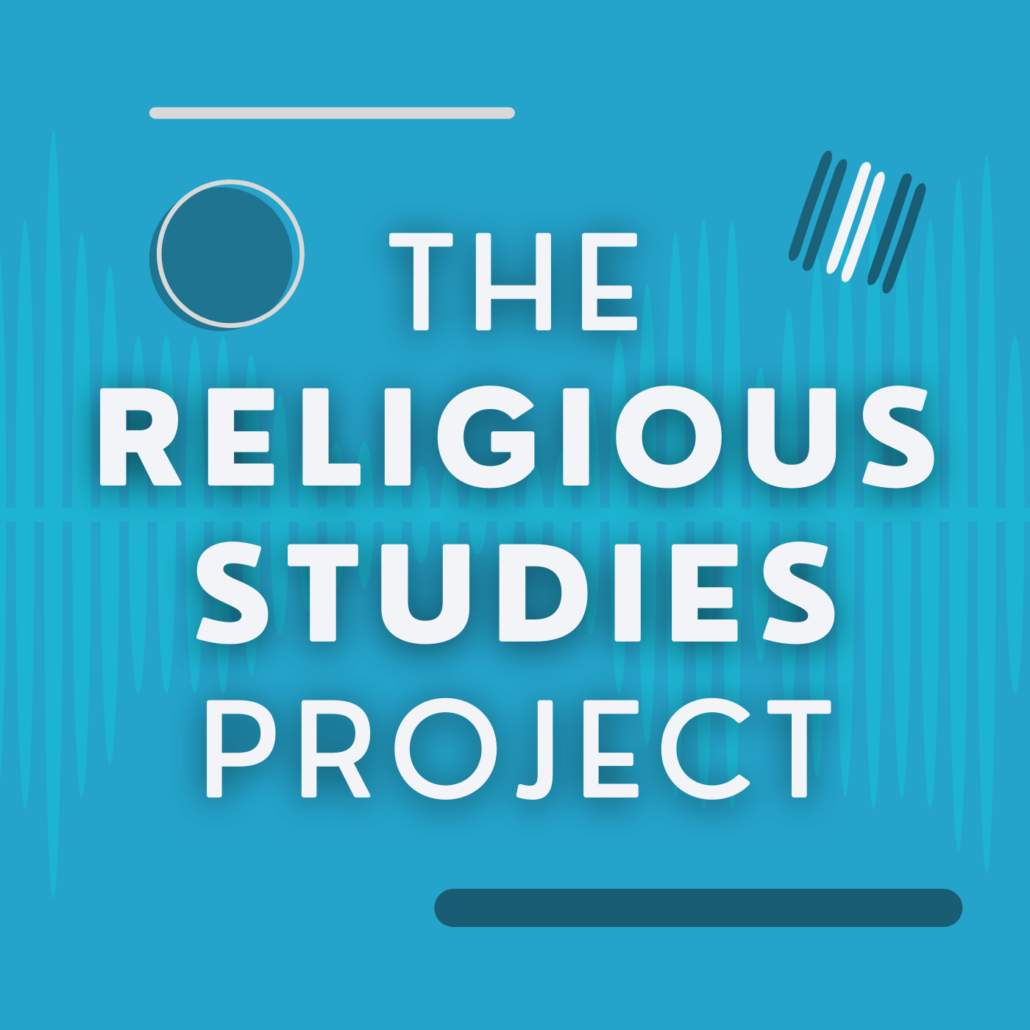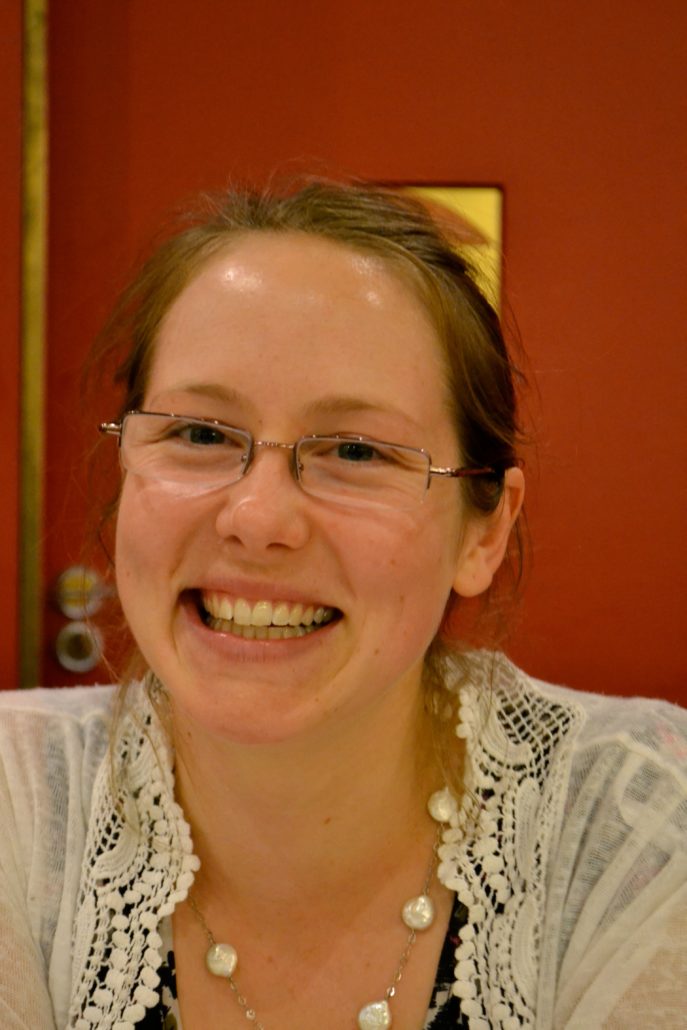through examining [religions’] cultural
products we come to notice the different kinds of relationships that exist between how these products are portrayed and intended by their creators, and how they actually go on to be perceived and experienced in wider society.
Religious Artefacts of the Contemporary World: Intention and Reception of Anthroposophical and Gurdjieffian Art Forms
By Dr Johanna Petsche, University of Sydney
Published by the Religious Studies Project on 25 September 2013 in response to the Religious Studies Project Interview with Carole Cusack on Religion and Cultural Production (23 September 2013)
The Religious Studies Project’s interview with Professor Carole M. Cusack of the University of Sydney covers an ambitious range of issues by tackling some huge open-ended questions: How does one define a cultural product of a religion? Must it be material? What makes a product religious or sacred? What about products that are secular, but traceable to a new religion? Does the culture of celebrity fit into this? Cusack’s rigorous unpacking of these topics, and the tangential issues explored along the way, make for scintillating listening. The interview loosely centres on the recently published Handbook of New Religions and Cultural Production (2012), which was edited by Cusack and Alex Norman. This comprehensive compendium examines the impact of new religions upon cultural production through a set of case studies exploring realms of music, architecture, food, art, books, film, video games, and more.
New religions have been increasingly emerging in the West and other regions since the beginning of the nineteenth century. They are, however, often ignored or devalued due to the common suspicion that they are not ‘real religions’ and cannot be equated with traditional, historical religions (Cusack and Norman 2012, 1). This human tendency to disregard new religions and new spiritualities is reflected in the way that the cultural products of different religions are perceived. Taking works of music as examples, it is clear that where J. S. Bach’s (1686-1750) ‘St Matthew Passion’, Handel’s (1685-1759) ‘Messiah’ (both overtly Christian works), and the Sufi devotional qawwali music of Pakistan are easily acknowledged as masterworks of religious music, the same dignity is not accorded to the reggae music of the Rastafarians or the piano music of G. I. Gurdjieff and his pupil Thomas de Hartmann (Cusack and Norman 2012, 2; Murrell and Snider 2012, 495-518; Petsche 2012, 271-295). Where the former have come to be celebrated as exemplary, timeless artistic achievements representative of reputable religions, the art associated with new religions is often considered trivial and unimportant, like new religions themselves. Perhaps this is due to the fact that the art of new religions has not yet ‘stood the test of time’, and also that it arose in the materialistic, largely secular world. In this way it seems less meaningful or ‘authentic’ than the art of past epochs, which we commonly admire with a sense of awe and nostalgia.
[youtube http://www.youtube.com/watch?v=GnaaXk9OxA0]
The cultural products of new religions are often produced by insiders for insiders, but many have attained a level of broader cultural acceptance through various means (see also Cusack and Norman 2012, 2). Take for example Anthroposophist Rudolf Steiner’s (1861-1925) Goetheanum II in Dornach, Switzerland, which was completed in 1928. His Goetheanum I was built in 1913 but it was destroyed by fire in 1922, and then rebuilt as Goetheanum II. This is a building – known as “the Building” by Anthroposophists – set up deliberately as a spiritual centre embodying Anthroposophical ideals, with its symbolic, differently coloured windows representing Steiner’s colour theory, and special outside garden and water features designed to create specific effects on viewers. Goetheanum II seems to have been intentionally conceived by Steiner as a sacred site. Interestingly though, at the same time it has become a tourist attraction, with people being drawn to it purely for its aesthetic qualities. It is, after all, a beautiful example of Expressionist architecture (Cusack 2012, 175). Goetheanum II is actually a unique selling point for the village. In this way, the structure is simultaneously a desirable piece of architecture that tourists wish to visit and also, for Anthroposophists who must have much more nuanced, insider interpretations of it, a building imbued with spiritual meaning.

A number of modern architects, such as Swiss architect Charles-Edouard Jeanneret (better known as Le Corbusier), drew their influence from Steiner’s designs, without specifically calling upon Anthroposophical ideals. Other famous structures, such as the ING Bank headquarters in Amsterdam, built by Albert and van Huuts, have been erected to reflect Steiner principles (Cusack 2012, 188). One might also consider in this context the system of agriculture, known today as Biodynamic Agriculture or Biodynamics, which is discussed in Alex Norman’s chapter in the Handbook. Biodynamics has its starting point in Anthroposophical ideas (Steiner gave a series of eight lectures on the topic in 1924) but is now more concerned with the expression of terroir rather than spiritual development (Norman 2012, 213-234). G. I. Gurdjieff’s nine-pointed enneagram symbol is another example. The enneagram has, in recent years, been appropriated as a model for nine personality types, a model that has been widely promoted in business management and spiritual contexts, straying far from Gurdjieff’s use and teaching of the symbol. While cultural products might be inscribed with the intentions of their creators, it is social actors who make sense of the world and its cultural products (Cusack and Norman 2012, 4).
Another cultural product of a new religion is renowned theatre and film director Peter Brook’s 1979 film Meetings with Remarkable Men. The film is a cinematic adaptation of Armenian-Greek spiritual teacher G. I. Gurdjieff’s (c.1866-1949) semi-autobiographical text of the same name. Brook’s film could be classed as a ‘Gurdjieffian film’ and a religious cultural product as it was created by a Gurdjieffian (Brook now heads the Gurdjieff Paris group), is based on one of Gurdjieff’s own books, and pays tribute to Gurdjieff. Unlike Steiner’s Goetheanum I and II, which were not really intended to cater for outsiders, Brook’s film about Gurdjieff was deliberately made for non-Gurdjieffian, as well as Gurdjieffian, audiences. It is interesting that spiritual meaning must be deeply embedded in the film, while Brook also intended it to fulfil the role of portraying the story of Gurdjieff’s life to ‘outsiders’, in an effective and entertaining way.
The study of new religions, a burgeoning area within the greater field of Religious Studies, gives a unique perspective on different facets of religion. Not only can we observe, through such a study, how religions begin, change, develop, and in some cases expire, but through examining their cultural products we come to notice the different kinds of relationships that exist between how these products are portrayed and intended by their creators, and how they actually go on to be perceived and experienced in wider society.
This material is disseminated under a Creative Commons Attribution-NonCommercial-NoDerivs 3.0 Unported License. and can be distributed and utilised freely, provided full citation is given.
Bibliography
- Cusack, Carole and Alex Norman (eds). “Introduction,” Handbook of New Religions and Cultural Production, Leiden and Boston: Brill, 2012.
- Cusack, Carole. “‘And the Building Becomes Man’: Meaning and Aesthetics in Rudolf Steiner’s Goetheanum” in Cusack and Norman (eds) Handbook of New Religions and Cultural Production, Leiden and Boston: Brill, 2012.
- Murrell, Nathaniel and Justin Snider. “Identity, Subversion, and Reconstruction ‘Riddims’: Reggae as Cultural Expressions of Rastafarian Theology” in Cusack and Norman (eds) Handbook of New Religions and Cultural Production, Leiden and Boston: Brill, 2012.
- Norman, Alex. “Cosmic Flavour, Spiritual Nutrition?: The Biodynamic Agricultural Method and the Legacy of Rudolf Steiner’s Anthroposophy in Viticulture” in Cusack and Norman (eds) Handbook of New Religions and Cultural Production, Leiden and Boston: Brill, 2012.
- Petsche, Johanna. “G. I. Gurdjieff’s Piano Music and its Application in and Outside the ‘Work’” in Cusack and Norman (eds) Handbook of New Religions and Cultural Production, Leiden and Boston: Brill, 2012.



